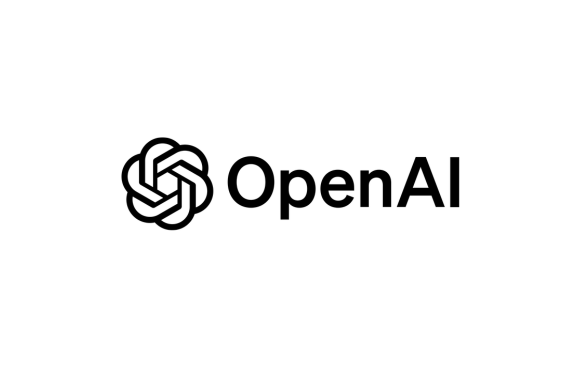Is This Trade-Off to Cut Costs Required?
In a move to stay competitive in the fast-evolving AI race, OpenAI has introduced a new pricing option called Flex. This feature offers developers access to powerful AI models at half the usual price. But there’s a catch — responses might be slower, and resources may not always be available.
The Flex processing option is currently in beta. It supports OpenAI’s latest o3 and o4-mini models, both designed for reasoning tasks. Flex seems tailored for developers running lower-priority tasks or testing features that don’t need instant responses.
What Exactly Is Flex?
Flex is OpenAI’s new API processing mode. It gives users the option to pay 50% less for using AI models. In return, they must accept a slower service and occasional unavailability. That means, if you’re running a chatbot or something time-sensitive, Flex might not be ideal. But for background work — like tagging data, analyzing large texts, or running model evaluations — it could be a smart cost-saving move.
For example, with Flex, the cost of running the o3 model drops from $10 to $5 per million input tokens, and from $40 to $20 per million output tokens. The o4-mini model sees similar cuts, going from $1.10 to $0.55 per million input tokens.
Why Now? Because AI Is Getting Expensive
The AI industry is in a cost crunch. Building and running large AI models — especially advanced ones like o3 — is expensive. This affects not just companies like OpenAI, but also developers and startups trying to use AI in their products.
At the same time, rivals like Google are launching faster, cheaper models. Just this week, Google introduced Gemini 2.5 Flash, a lightweight model aimed at high-speed, low-cost reasoning. It’s a direct challenge to models like o3 and o4-mini.
OpenAI’s Flex could be a strategic answer to such competition. By offering a cheaper option, even with trade-offs, OpenAI might hold onto developers who are price-sensitive but still need access to powerful AI tools.
Flex Isn’t for Everyone
OpenAI says Flex is designed for non-production tasks. That means it’s best suited for work that doesn’t need real-time responses or guaranteed uptime. Some examples include:
- Evaluating new prompts
- Enriching large datasets
- Running batch processes in the background
Developers working on mission-critical apps should probably stick to the standard pricing tier, where availability and speed are more reliable.
ID Verification Now Required for Advanced Access
Alongside Flex, OpenAI is tightening access controls. Developers in tiers 1 to 3, based on how much they spend on OpenAI services, must now complete ID verification to access the o3 model. This step is meant to improve platform safety and limit misuse.
Verified developers will also gain access to reasoning summaries and streaming API support. These features enhance the way developers interact with AI outputs in real-time.
What This Means for the Future of AI?
Flex represents a shift in how AI services are packaged and sold. Instead of “one-size-fits-all,” OpenAI is offering more tailored access. This reflects the growing demand for AI tools that fit different needs and budgets.
As models become more advanced, they also become more expensive to run. Offering pricing flexibility could make advanced AI more accessible to smaller players. It also opens the door for new experimentation and low-risk testing environments.
But it also raises questions. Will more essential features be locked behind verification and spending thresholds? Will developers get trapped in a slow lane unless they pay more?
The Takeaway
OpenAI’s Flex pricing is more than just a discount, it’s a shift in how AI services are structured. For casual developers, it’s a chance to explore powerful models without breaking the bank. For OpenAI, it’s a clever way to balance cost, access, and control.
As the AI landscape evolves, choices like Flex might become the norm. Whether that’s good or bad depends on how companies balance innovation, access, and fairness.







Leave a Reply